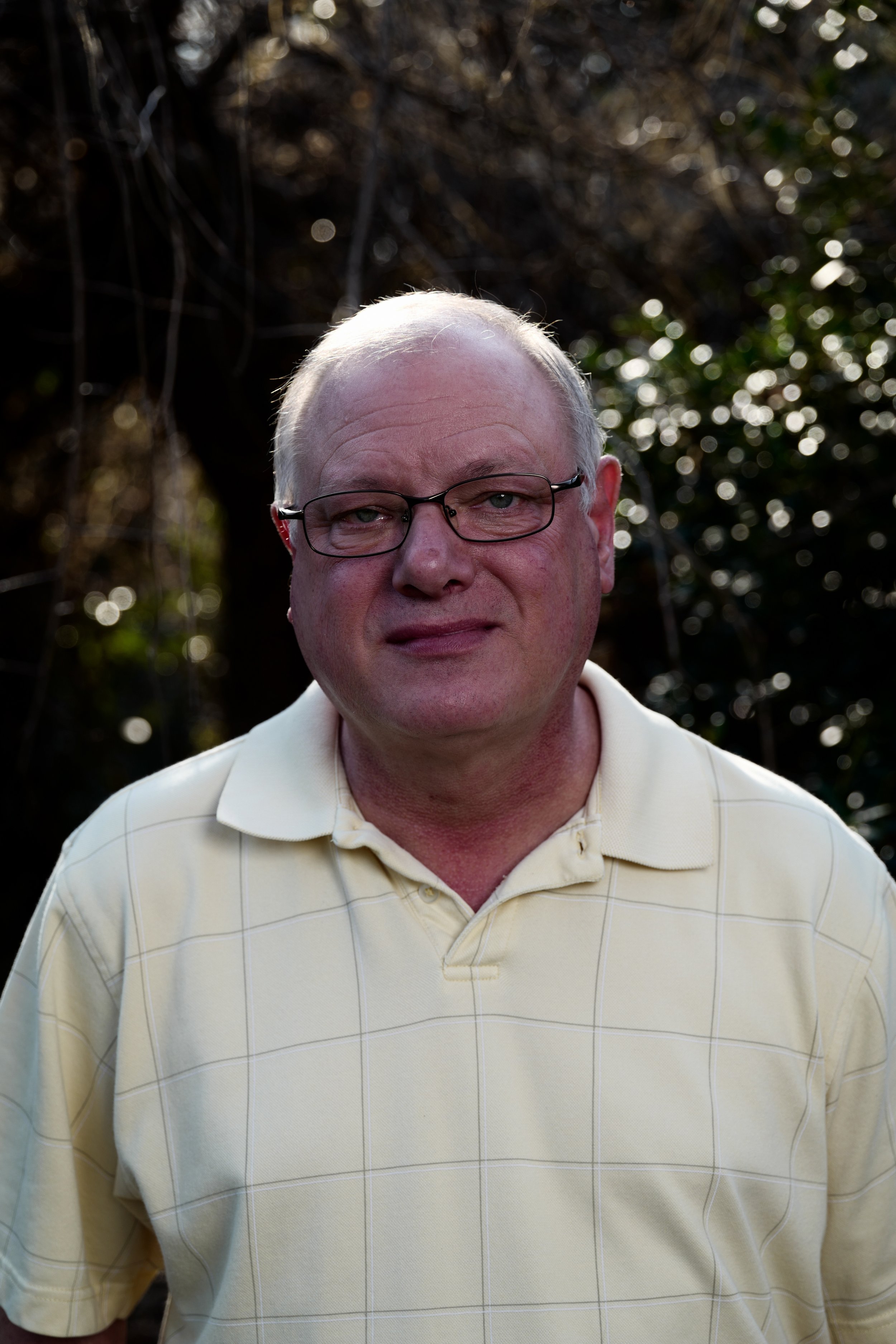About Uv/vis/nir
About Uv/vis/nir
Blog Article
10 Simple Techniques For Circular Dichroism
Table of ContentsThe Main Principles Of Uv/vis/nir The Ultimate Guide To Uv/visThe Definitive Guide for Circular DichroismExcitement About Circularly Polarized LuminescenceUv/vis Fundamentals ExplainedSee This Report about Circularly Polarized Luminescence5 Easy Facts About Circular Dichroism DescribedLittle Known Questions About Uv/vis/nir.Not known Factual Statements About Spectrophotometers Some Of Uv/visThe Best Guide To Uv/visThe Best Strategy To Use For Circular DichroismNot known Facts About Uv/vis/nir
It is then scanned through the sample and the reference options. Fractions of the incident wavelengths are transmitted through, or shown from, the sample and the reference. Electronic circuits convert the relative currents into linear transmission percentages and/or absorbance/concentration values.The transmission of a reference compound is set as a standard (datum) value, so the transmission of all other substances are taped relative to the initial "zeroed" substance. The spectrophotometer then converts the transmission ratio into 'absorbency', the concentration of particular components of the test sample relative to the initial compound.
Considering that samples in these applications are not easily available in big quantities, they are particularly suited to being examined in this non-destructive method. In addition, precious sample can be conserved by using a micro-volume platform where as little as 1u, L of sample is required for total analyses. A short explanation of the treatment of spectrophotometry includes comparing the absorbency of a blank sample that does not consist of a colored compound to a sample that contains a colored compound.
Excitement About Uv/vis/nir
In biochemical experiments, a chemical and/or physical property is picked and the procedure that is utilized is particular to that residential or commercial property in order to derive more information about the sample, such as the amount, pureness, enzyme activity, etc. Spectrophotometry can be utilized for a number of methods such as figuring out optimal wavelength absorbance of samples, determining ideal p, H for absorbance of samples, determining concentrations of unknown samples, and determining the p, Ka of different samples.: 21119 Spectrophotometry is also a handy process for protein filtration and can likewise be utilized as an approach to create optical assays of a compound.
It is possible to understand the concentrations of a two part mix using the absorption spectra of the standard options of each component. To do this, it is necessary to know the termination coefficient of this mix at two wave lengths and the termination coefficients of services that contain the recognized weights of the two parts.

The Basic Principles Of Circular Dichroism
Region. The concentration of a protein can be approximated by measuring the OD at 280 nm due to the presence of tryptophan, tyrosine and phenylalanine.
Nucleic acid contamination can likewise interfere. This method requires a spectrophotometer efficient in measuring in the UV area with quartz cuvettes.: 135 Ultraviolet-visible (UV-vis) spectroscopy includes energy levels that thrill electronic transitions. Absorption of UV-vis light delights particles that are in ground-states to their excited-states. Visible area 400700 nm spectrophotometry is utilized thoroughly in colorimetry science.
These curves can be utilized to check a brand-new batch of colorant to inspect if it makes a match to requirements, e
Traditional visible region noticeable can not detect if identify colorant or the base material has product. This can make it hard to handle color concerns if for example one or more of the printing inks is fluorescent. There are two major setups for visual spectrum spectrophotometers, d/8 (spherical) and 0/45.
Scientists utilize this instrument to determine the quantity of substances in a sample. If the compound is more focused more light will be absorbed by the sample; within small ranges, the Beer, Lambert law holds and the absorbance between samples vary with concentration linearly. When it comes to printing measurements 2 alternative settings are commonly utilized- without/with uv filter to manage better the impact of uv brighteners within the paper stock.
About Spectrophotometers
Some applications require little volume measurements which can be carried out with micro-volume platforms. As described in the applications area, spectrophotometry can be utilized in both qualitative and quantitative analysis of DNA, RNA, and proteins. Qualitative analysis can be used and spectrophotometers are used to tape spectra of compounds by scanning broad wavelength regions to identify the absorbance homes (the strength of the color) of the substance at each wavelength.

Fascination About Uv/vis/nir
One significant factor is the type of photosensors that are readily available for various spectral his explanation areas, however infrared measurement is likewise tough because virtually everything releases IR as thermal radiation, specifically at wavelengths beyond about 5 m. Another complication is that rather a few products such as glass and plastic take in infrared, making it incompatible as an optical medium.
Samples for IR spectrophotometry may be smeared in between 2 discs of potassium bromide or ground with potassium bromide and pressed into a pellet. Where aqueous options are to be measured, insoluble silver chloride is utilized to build the cell. Spectroradiometers, which run practically like the visible area spectrophotometers, are designed to determine the spectral density of illuminants. 2013. p. 13. Allen, DW; Cooksey, C; Tsai, BK (Nov 13, 2009). "Spectrophotometry". Obtained Dec 23, 2018. Ninfa AJ, Ballou DP, Benore M (2010 ). Essential Lab Approaches for Biochemistry and Biotechnology (2nd ed.). Hoboken: Wiley & Sons. ISBN 9780470087664. OCLC 488246403. Schwedt G (1997 ). The important guide to analytical chemistry.
Chichester, NY: Wiley. pp. 1617. ISBN 9780471974123. OCLC 36543293. Ninfa AJ, Ballou DP (2004 ). Basic lab techniques for biochemistry and biotechnology. Hoboken: Wiley. p. 66. ISBN 9781891786006. OCLC 633862582. Rendina G (1976 ). Philadelphia, PA: W. B. Saunders Business. pp. 46-55. ISBN 0721675506. OCLC 147990. Oke, J. B.; Gunn, J. E.
The Of Circularly Polarized Luminescence
"Secondary basic stars for absolute spectrophotometry". The Astrophysical Journal. 266: 713. Bibcode:1983 Ap, J..266..713 O. doi:10. 1086/160817. Ishani, G (2006 ). "The very first business UV-vis spectrophotometer". p. 100. Obtained Dec 23, 2018. Simoni, RD; Hill, RL; Vaughan, M; Tabor, H (Dec 5, 2003). "A Timeless Instrument: The Beckman DU Spectrophotometer and Its Developer, Arnold O.
278 (49 ): e1. doi:. ISSN 1083-351X. Beckman, A. O.; Gallaway, W. S.; Kaye, W.; Ulrich, W. F. (March 1977). "History of spectrophotometry at Beckman Instruments, Inc". Analytical Chemistry. 49 (3 ): 280A300A. doi:10. 1021/ac50011a001. "Hewlett Packard: Substance Identification with HP 8450 A UV Visible Spectrophotometer". Analytical Chemistry. 51 (12 ): 1188A1189A. 1979-10-01.
1021/ac50048a728. ISSN0003-2700. Ninfa AJ, Ballou DP, Benore M (2015 ). Fundamental Laboratory Approaches for Biochemistry and Biotechnology (3, rev. ed.). Hoboken, NJ: Wiley & Sons. p. 77. ISBN9780470924525. OCLC915641828. "Fully Automatic Double Beam - Atomic Absorption Spectrophotometer (AA 8000)". Lab Equipment. Labindia Analytical Instruments Pvt. Ltd. "Spectrophotometry Applications and Fundamentals".
Get This Report about Uv/vis/nir
"Applied Spectrophotometry: Analysis of a Biochemical Mix". Biochemistry and Molecular Biology Education. Journal of Biochemistry Education.
Spectrophotometers Can Be Fun For Everyone
U.S. Department of Commerce National Bureau of Standards unique publication; 378. Washington, D.C.: U.S. National Bureau of Standards. p. 2. OCLC 920079.
The process starts with a controlled source of light that brightens the analyzed sample. In the case of reflection, as this light interacts with the sample, some is taken in or produced. The released light travels to the detector, which is evaluated, quantified, and presented as industry-standard color scales and indices.
Industry governing bodies typically define specific metrics for specific items, such as Tomato and Coffee indices. The simplified math looks like this: Where R is the reflection coefficient. All terms are evaluated over the visible spectrum from 400 to 700 nm. When it comes to transmission, when the light interacts with the sample, it is either soaked up, shown, or sent.
How Circularly Polarized Luminescence can Save You Time, Stress, and Money.
Examples include APHA (American Public Health Association) for watercolor and purity analysis, ASTM D1500 for petrochemical color analysis, edible oil indices utilized in food, and color analyses of drinks. All terms are assessed over the noticeable spectrum from 400 to 700 nm.
Image Credit: Matej Kastelic/ Dr. Arnold J. Beckman and his coworkers at the National Technologies Laboratories initially invented the spectrophotometer in 1940. In 1935 Beckman established the company, and the discovery of the spectrophotometer was their most ground-breaking invention.
Unknown Facts About Circular Dichroism
Over time, researchers kept improving the spectrophotometer design to improve its efficiency. The UV abilities of the model B spectrophotometer were improved by replacing the glass prism with a quartz prism.
Usually, a spectrophotometer is made up of two instruments, namely, a spectrometer and a photometer. A standard spectrophotometer includes a light source, a monochromator, a collimator for straight light beam transmission, a cuvette to position a sample, and a photoelectric detector.
Indicators on Spectrophotometers You Need To Know
There are various kinds of spectrophotometers in numerous sizes and shapes, each with its own function or functionality. A spectrophotometer identifies how much light is reflected by chemical parts. UV/Vis. It measures the distinction in light intensity based on the overall amount of light presented to a sample and the quantity of beam that goes through the sample option
According to the instrument's style, the sample is positioned between the spectrometer and the photometer. After the light is passed through the sample, the photometer determines its intensity and displays the reading. A spectrophotometer is utilized to determine the concentration of both colorless and colored solutes in a service. This instrument is utilized to figure out the rate of a reaction.
Report this page